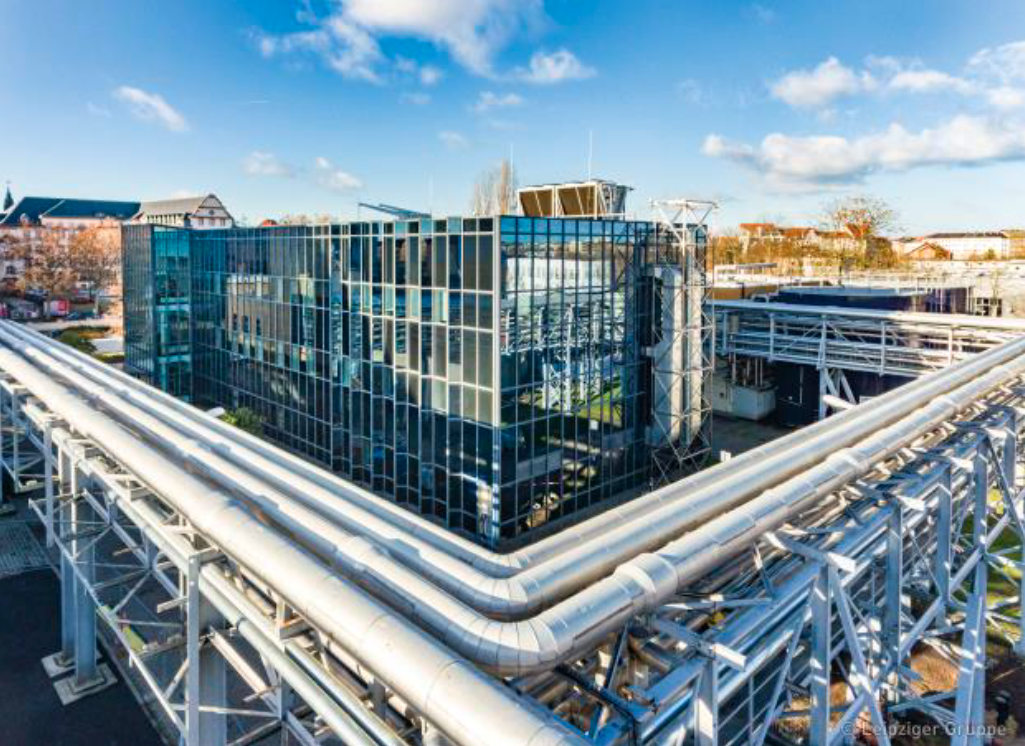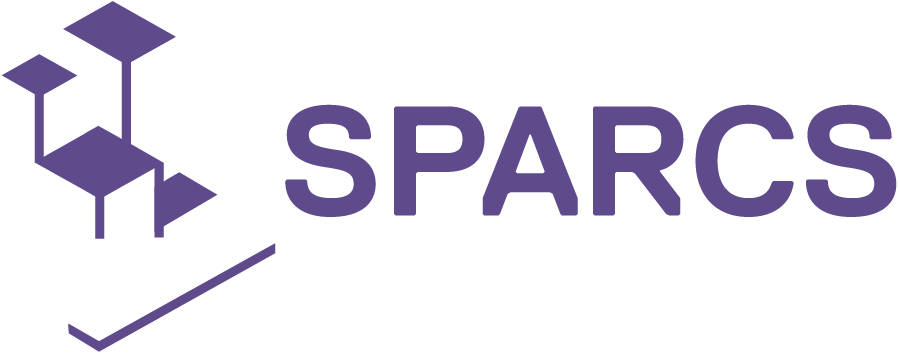District heating from waste heat: Leipziger Stadtwerke investigate potential in the city
How CO2-free district heating can be realised in “Leipzig West”: This is what Leipziger Stadtwerke is investigating as part of the SPARCS sub-project for developing energy-positive apartment buildings. For this purpose, Leipziger Stadtwerke is analysing various scenarios on how the share of renewable energies in the district heating network can be increased. One work package deals with the recording and evaluation of the waste heat potential within city boundaries for integration into the central district heating network. Important milestones have already been reached here in the past year.
In the first stage of the project, Leipziger Stadtwerke developed a concept for locating potential inner-city waste heat sources – e.g. data centres, foundries, laundries, etc. The company addresses were collected with the help of the local Chamber of Commerce and Industry, among others. In addition to the businesses and sectors already mentioned, the chemical industry, electronics industry, pharmaceuticals industry and plastics processing industry were also taken into account, as well as research centres, food retailing and the food industry, printing plants, the textile industry, feed producers and other companies for which refrigeration and/or heat generation play an important role. Additional filter criteria were the number of employees (at least 40) and the proximity to the district heating network.
Based on this, Leipziger Stadtwerke was able to identify over 90 companies within the city boundaries of Leipzig that could potentially generate suitable and usable waste heat. The next step is to evaluate and classify them in a nuanced way with regard to their waste heat potential. The main criteria for this are the distance to the district heating network and the average quantities of heat supplied. In order to determine the waste heat potential, the SPARCS team at Leipziger Stadtwerke under project manager Tom Schutt relies on the assistance of the companies: in the first quarter of 2022, they will receive an information brochure on the topic as well as a checklist in which they can enter the installations in question with the associated parameters. From this, a key figure can be determined for the specific waste heat potential of each plant or the company as a whole.
The first estimates are promising: of the companies identified, almost every other company has a high probability for waste heat recovery. For another 20 percent, it is still in the middle range. The waste heat potential of only one third of the companies can be classified as low. Of the companies with a high probability for waste heat recovery, more than half are either located in the immediate vicinity of a district heating pipeline (distance max. 350 metres) or emit such large amounts of waste heat that it is worth integrating them even if they are far away from the district heating network.
Contact is due to be made with all those companies that show promising waste heat potential in the first quarter of 2022. In order to make those responsible aware of the relevance of the topic, Leipziger Stadtwerke employs key account managers with particular sales experience for this purpose.
If everything goes according to plan, the waste heat project group will evaluate the feedback over the second quarter of 2022 with regard to the technical and economic feasibility for each. Afterwards, it will be possible to make more concrete statements about the amount of heat that can probably be used. The results should be available in writing in September 2022.
Although this will conclude the SPARCS work package, Leipziger Stadtwerke will subsequently utilise the results in practice. The aim is to actually integrate the identified waste heat potential into Leipzig’s district heating system or, alternatively, as local heat into supply solutions for neighbourhoods. Because the primary goal is to make Leipzig’s district heating completely climate-neutral by 2045 at the latest. The SPARCS work package for assessing the waste heat potential within the city is a big step in the right direction here.

